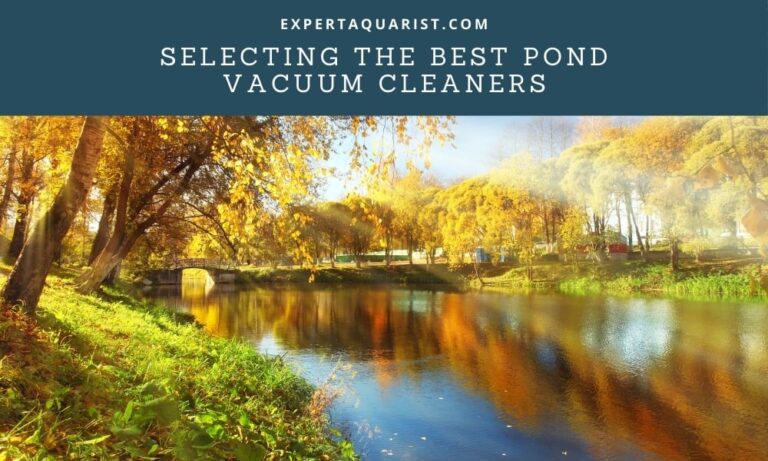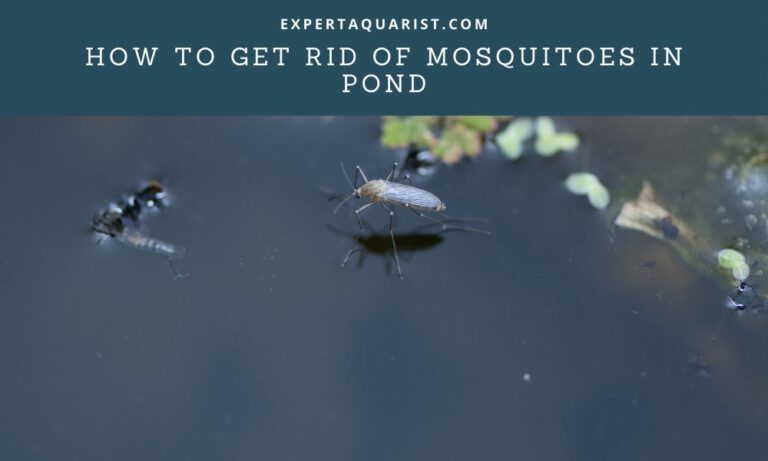Pondweed is a kind of aquatic plant and green algae. There are many species and genera of it. Some are fruitful for the water and the life underneath, but too many can be detrimental.
If not controlled on time, it may spread all over the pond and harm the living things. Also, they choke out the pond and harm the other animals and plants, and lower water quality
You can simply cut them, make it tricky for them to survive, release plant-eating fishes or use just the right amounts of herbicides, and get a weed-free, well-maintained pond.
Today, my write up will focus on different kinds of pondweeds and practical tips on how to kill pond weeds that will make your life a tad bit easier. So, stay tuned!
Kinds of pond weeds
Different types of weeds require different methods of control. Before going into deep, the first thing that is a must to know is the types of weeds you are dealing with. In general, there are three categories of aquatic weeds- floating weeds, submerged weeds, and emergent weeds.
- Floating weeds are those that float and move freely around the pond’s surface. Water hyacinth, duckweed, and bladderwort are some of the common floating weeds.
- Submerged weeds grow and root underwater, and typically stays there for the majority of its life. Coontails, watermilfoil, or curly leaf are some common submerged weeds.
- Emergent aquatic weeds are the ones that pop out of the water. They typically grow along the shoreline but can extend toward the middle of the pond if it is shallow enough. Cattails, water lilies, and reed grass are some common examples of emergent aquatic weeds.

How to kill Pond weeds: The methods
Now it is time to know about the weed controlling methods that are very effective and simple to follow. Pond weeds can be controlled, even killed both naturally and chemically.
Though using herbicide is the quickest solution, it is risky and may harm other living things underwater. So, it is safe and eco-friendly to do it manually with natural elements.
Let’s not wait anymore and go straight to the solution to overgrown pond weeds.
Cutting, raking, hand pulling, and skimming
The most common method of removing excess aquatic plants from the pond is doing it by hand. You can simply pull the plant as much as possible, cut it with the help of a grass cutter, or scoop them out with the help of a skimmer or algae net.
If you plan to cut the plants, cut them within the right timing, which is July, August, or September. Try to make sure you up-root them completely to minimize regrowth.
Regulate extra nutrients
Pond weeds mainly feed on the nutrients from the pond. If you can interrupt the weeds from sucking out the nutrients, the growth will automatically reduce.
What you can do to interrupt the absorbance is to plant trees on the edge of the pond.
Plus, if there is fish in the pond, make sure you don’t overfeed them because the excess food dissolves in water and provides a supplement for the weeds to grow. Install a good pond filter also.
Loosen the pond’s drainage
Another way to control weed growth is to loosen the pond’s drainage system. This way, water will reduce at the edge and kill the marginal plants.
If you loosen the drainage valve just a bit and allow the water to go down 2 to 3 feet, this trick will work like magic!
The emergent weeds growth will go down as they won’t get enough water to survive.
Place grass carp in the pond
Grass carp eat up to three times their body weight daily. If you keep 5-10 grass carp measuring 3-6 inches long and allow them to feed on the weeds, the pondweed growth will definitely lower over time.
If you have a large pond, releasing grass carp is one of the best solutions. The fishes feed on the tender, submerged parts of the plant. This will keep the weeds under control.
Introduce Koi fish and goldfish
As grass carp feeds on the plants, koi fish kill weeds by whisking the pond bed’s sediment. The whisking keeps the weed’s food source in the water.
This way, other living things feed on the food and prevent the weeds from root formation.
Goldfish is also well-known for their appetite for floating aquatic plants. So, releasing goldfishes in the pond is also useful in solving the weed problem.
Dye the pond water
Dying the water with pond dyes is another effective way to reduce weed growth in pond water. When the water is dyed in blue or other darker colors, it will prevent sunlight from reaching underwater, thus preventing the submerged plants from growing and extending.
Herbicides
This is the final and last solution to this “weedy” problem. It is fast and effective but leaves a mark every time.
Pond owners should choose to go for this option only when the others are ineffective. Herbicides should be used only if weeds are already extended and well-established in the pond.
Contact or systemic herbicides are available in any market. But, different types of weeds require different herbicides. For example, liquids work best on emerged weeds, and granular ones work well on submerged weeds.
You must apply the herbicides only when the weather is nice and full of light. It is best not to go through this method if it rains as the herbicide will wash away.
An important thing you should note is that always read the label of the packaging before putting it in use.
To conclude
Weeds certainly have their part to play in the ecosystem, but if you do not keep the growth under observation, they bring you a truckload of headaches. So, mitigating weed growth is vital for you.
I hope this article comes in handy and provides all the information you need to know on how to kill pond weeds. Now, the only thing left is to execute what you’ve learned, and you’ll have a weed-free pond.






